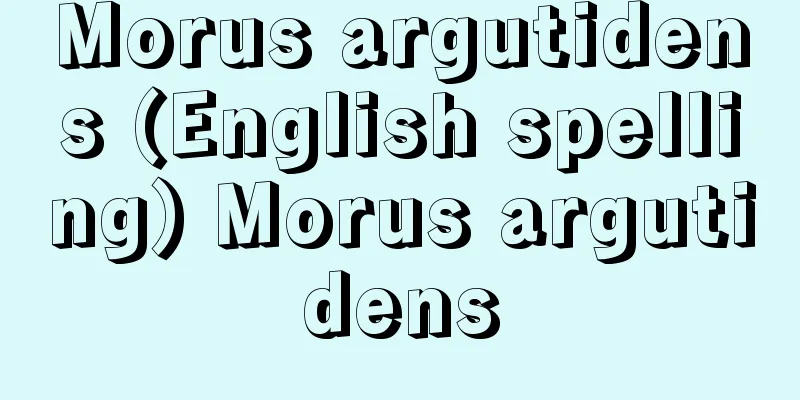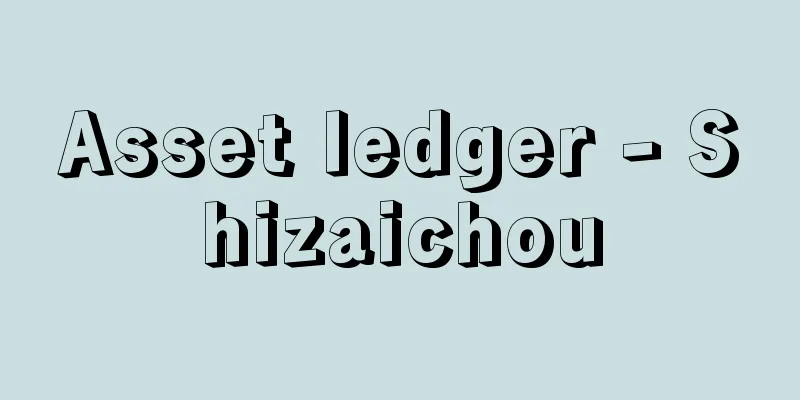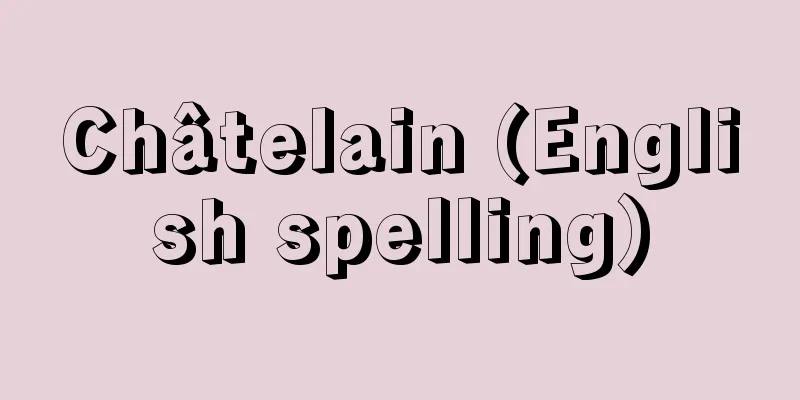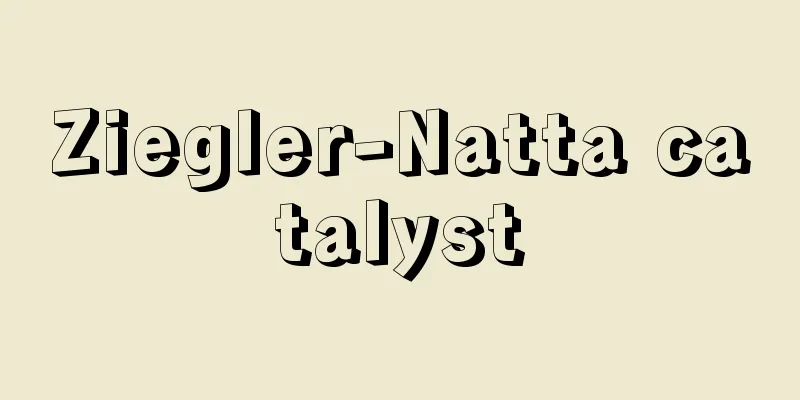Flon - Flon (English spelling)

|
A general term for chlorofluorocarbons, commonly used in Japan. The official name is fluorocarbon. CFCs are broadly divided into the following three types. (1) Chlorofluorocarbons (CFCs) are made up of chlorine, fluorine, and carbon. Because they are chemically stable, they can reach the stratosphere and be broken down by ultraviolet rays into chlorine atoms, which then destroy the ozone layer. There are five types: CFC-11, CFC-12, CFC-113, CFC-114, and CFC-115. (2) Hydrochlorofluorocarbons (HCFCs) are made up of hydrogen, chlorine, fluorine, and carbon. They contain chlorine but also hydrogen, so they are likely to decompose before reaching the stratosphere, and are considered to have less ozone-depleting properties than CFCs. Examples include HCFC-22 and HCFC-123. (3) Hydrofluorocarbons (HFCs) are made up of hydrogen, fluorine, and carbon. They do not contain chlorine and therefore do not destroy the ozone layer, but they have a high greenhouse effect and a high Global Warming Potential (GWP). They are called alternative fluorocarbons. Examples include HFC-134a. Until now, CFC-12 and HCFC-22 have been used as refrigerants in electric refrigerators and room air conditioners, while CFC-113 has been used as refrigerants in large-capacity cooling devices, but these fluorocarbons are said to destroy the ozone layer when released into the atmosphere after use, and in 1987 the Montreal Protocol was adopted to regulate their production and consumption, deciding to gradually reduce them. Based on this protocol, the use of CFCs, which are among the most destructive of fluorocarbons to the ozone layer, was to be completely phased out in developed countries by 1996, and in developing countries by 2010. It was also stipulated that HCFCs will be completely phased out in developed countries by 2030, and in developing countries by 2040. Japan also signed this protocol, and in 1988, the "Law Concerning the Protection of the Ozone Layer through the Control of Specified Substances, etc. (Ozone Layer Protection Law)" (Law No. 53 of 1988) was enacted, and fluorocarbon regulations came into full swing. In 2001, the "Law Concerning Ensuring the Recovery and Destruction of Fluorocarbons Related to Specified Products (Fluorocarbon Recovery and Destruction Law)" (Law No. 64 of 2001) was promulgated, which made it mandatory to properly recover and destroy fluorocarbons when disposing of automobiles equipped with car air conditioners and commercial refrigeration and air conditioning equipment that use the specified fluorocarbons as refrigerants. Furthermore, in 2013, the law was revised (the name of the law was changed to the "Fluorocarbons Emissions and Proper Management Law (official name is the "Law Concerning the Rational Use and Proper Management of Fluorocarbons")), and in addition to the recovery and destruction of fluorocarbons, comprehensive measures were taken throughout the entire life cycle of fluorocarbons, from production to disposal. CFCs are artificial substances that do not exist in nature and are produced by reacting chloroform, carbon tetrachloride, ethane hexachloride, etc. with hydrogen fluoride in the presence of a catalyst such as antimony halide.
[Kaji Aritsune, Editorial Department] [Reference] | | | | |Source: Shogakukan Encyclopedia Nipponica About Encyclopedia Nipponica Information | Legend |
|
塩化フッ化炭化水素の総称で日本における慣用名。正式名称はフルオロカーボン。フロンは下記の3種に大別される。 (1)クロロフルオロカーボン(CFC:Chloro Fluoro Carbon) 塩素、フッ素、炭素からなる。化学的に安定なため成層圏にまで達し、紫外線によって塩素原子に分解され、これがオゾン層を破壊する。CFC-11、CFC-12、CFC-113、CFC-114、CFC-115の5種がある。 (2)ハイドロクロロフルオロカーボン(HCFC:Hydro Chloro Fluoro Carbon) 水素、塩素、フッ素、炭素からなる。塩素を含むが水素も含むため成層圏に達するまでに分解する可能性が高く、CFCに比べオゾン層破壊の性質は弱いとされている。HCFC-22、HCFC-123などがある。 (3)ハイドロフルオロカーボン(HFC:Hydro Fluoro Carbon) 水素、フッ素、炭素からなる。塩素を含んでいないためオゾン層は破壊しないが、高い温室効果を有し、地球温暖化係数(GWP:Global Warming Potential)も大きい。代替フロンとよばれる。HFC-134aなどがある。 これまでCFC-12とHCFC-22は電気冷蔵庫、ルームエアコン、CFC-113は大容量冷房の冷媒に用いられていたが、これらのフロンは使用後大気中に放出されるとオゾン層を破壊するといわれ、1987年にその生産・消費量を規制する「モントリオール議定書」が採択され、段階的削減が決定した。同議定書に基づき、フロンのなかでもオゾン層への破壊力の強い特定フロンCFCについては先進国では1996年までに使用は全廃され、開発途上国でも2010年までに全廃されることになった。また、HCFCは先進国で2030年、開発途上国で2040年までに全廃されることが規定された。 日本でもこの議定書に調印、1988年(昭和63)には「特定物質の規制等によるオゾン層の保護に関する法律(オゾン層保護法)」(昭和63年法律第53号)が制定され、フロン規制が本格化した。また、2001年(平成13)に「特定製品に係るフロン類の回収及び破壊の実施の確保等に関する法律(フロン回収・破壊法)」(平成13年法律第64号)が公布され、対象となるフロン類が冷媒として使用されているカーエアコン搭載の自動車や業務用冷凍空調機器などを廃棄する場合には、同法に基づき、フロン類の適正な回収と破壊処理の実施等が義務づけられた。さらに2013年には同法が改正(法律名も「フロン排出抑制法(正式名称は「フロン類の使用の合理化及び管理の適正化に関する法律」)」に変更)され、これまでのフロン類の回収・破壊に加え、フロン類の製造から廃棄までのライフサイクル全体にわたる包括的な対策がとられるようになった。 なお、フロンは自然界には存在しない人工物質で、製造法としてはクロロホルム、四塩化炭素、六塩化エタンなどをハロゲン化アンチモンなどの触媒でフッ化水素と反応させてつくる。
[加治有恒・編集部] [参照項目] | | | | |出典 小学館 日本大百科全書(ニッポニカ)日本大百科全書(ニッポニカ)について 情報 | 凡例 |
<<: Pronghorn (English spelling) Antilocapra americana; pronghorn; American antelope
Recommend
Fujiwara no Morosuke - Fujiwara no Morosuke
A nobleman in the mid-Heian period. Son of Tadahi...
《Six concerts avec plusieurs instruments》 (English notation) Sixconcertsavecplusieursinstruments
…The name was born when Bach, who was the court c...
M. Guggenheim Company - M. Guggenheim Company
…Born in Switzerland, he moved to the United Stat...
Wu Wei
A Chinese Ming Dynasty painter. Following Zai Wen...
Container shipping - Container Yuso
The act of loading and transporting cargo in boxes...
Wake no Kiyomaro
A nobleman from the end of the Nara period to the...
Masamune Hakucho
Novelist, playwright, and critic. Born on March 3...
Chiang Mai - Chien Mai (English spelling) Chiengmai
The central city of northern Thailand and the num...
Chemical fiber paper
Also known as synthetic fiber paper. It is made by...
Kani-Krodha (English spelling)
...Its Sanskrit name is Kani-Krodha, and it is sa...
Okada Yoneyamajin
Year of death: 1820.9.15? Year of birth: Enkyo 1? ...
Kioi
〘 noun 〙 When the eaves are double -eavesed , this...
Temporary Happiness - Temporary Happiness
...French descent. Her novels, "A Momentary ...
Ulanova, Galina Sergeyevna
Born: January 8th/10th, 1910, St. Petersburg, Russ...
Common sense - jōshiki (English spelling)
It is the opinion or judgment that is commonly ac...
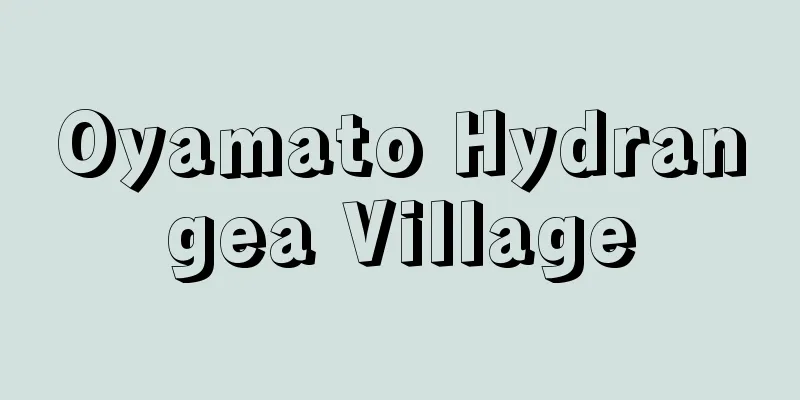
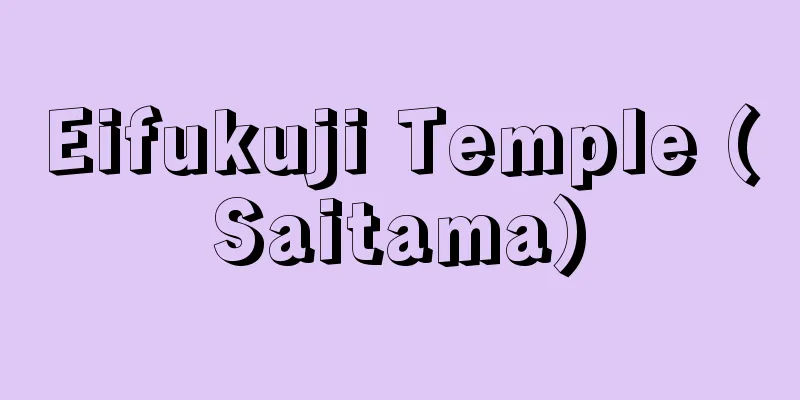
![Daiichi Kangyo Bank [Stock] - Daiichi Kangyo Bank](/upload/images/67cc14aa918d2.webp)
